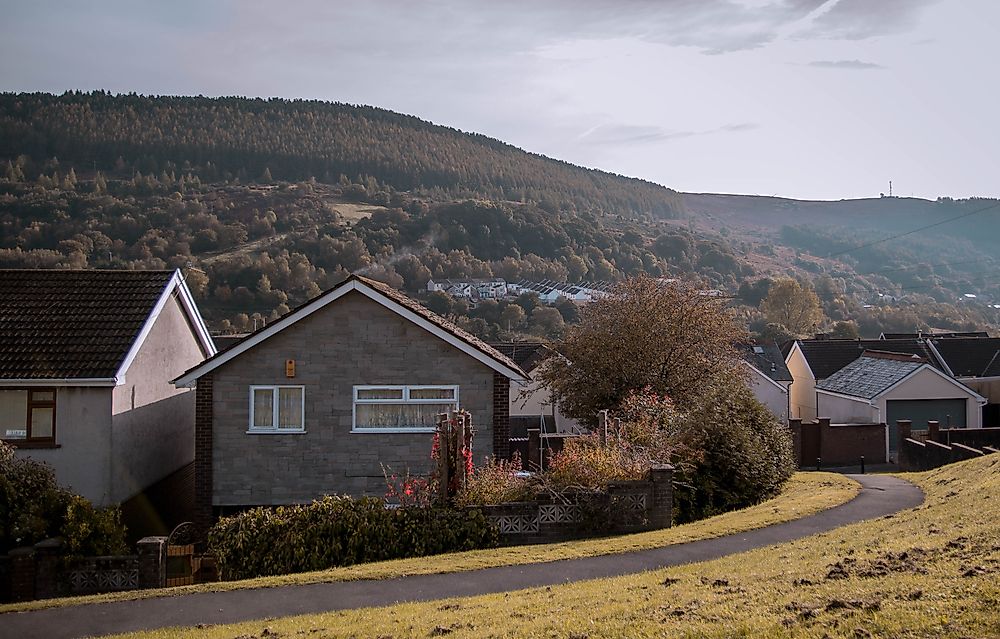What Was the Aberfan Disaster?

The Aberfan Disaster was a catastrophe that occurred on October 21st, 1966 after a spoil tip collapsed in a Welsh village, releasing thousands of tons of debris which destroyed most of the village of Aberfan and killed 144 people, 28 adults and 116 children. A spoil tip is defined as the waste materials produced during coal mining primarily made up of shale, piled up on one spot to form an inverted conical shape. These spoil tips rise to immense heights, some being hundreds of feet in height and having thousands of tons of waste material. Aberfan, which sits on a significant coal-producing region, had seven such spoil tips standing nearby. There had been earlier reports of the instability of the material on the spoil tips, and tip four had collapsed, transporting tons of material thousands of feet downhill and stopping near the village.
The Disaster
The region had experienced heavy rainfall weeks before the disaster. On October 21st, the rain had caused tip 7’s peak to subside forming a hole, in which transportation rails fell. While workers had reported the issue, nothing was done about it. At approximately 9:15 AM, tip 7 collapsed, sending debris down the slope towards the village. The saturated debris had liquefied and formed towering waves (30 feet height) while moving 21 miles per hour downhill. Pantglas Junior School was on the debris’ path and was buried in the deluge. The powerful avalanche also destroyed water mains and farm cottages. Sadly, 116 children and 28 adults perished in the disaster.
Aftermath
The compromised water mains continued to pump millions of gallons of water into the spoil, liquefying the slip further which continued flowing downhill through the village. To stop the movement of the slip, water officials shut down the supply of water from the mains at around 11:30 AM, and managed to stop the flow. Many of the village’s residents had been rendered homeless by the disaster and became reliant on aid from well-wishers. The Mayor stepped in and organized a fundraiser for the victims, establishing a fund known as the Aberfan Disaster Fund. Professional assistance was provided by Aberfan’s Civil Defense Corps, the Red Cross, and miners from a neighboring colliery. Two nearby hospitals catered for the injured; the East Glamorgan General Hospital and the St. Tydfil’s Hospital. A total of 35 people were admitted with injuries; 29 children and six adults.
Assistance Offered
News of the disaster had already been broadcasted all over the country by the BBC, triggering scores of volunteers trooping in to assist in the excavation of the buried homes. Donations to the Aberfan Disaster Fund amounted to about $2 million from about 88,000 contributions. Many prominent British people had visited the site to pay their respects to the dead and console the bereaved families, led by the country’s Prime Minister, Harold Wilson, Prince Philip, and Queen Elizabeth. Many of the victims of the Aberfan Disasters experienced Post Traumatic Disorders Syndrome for many years, a problem that was most profound in the children.











